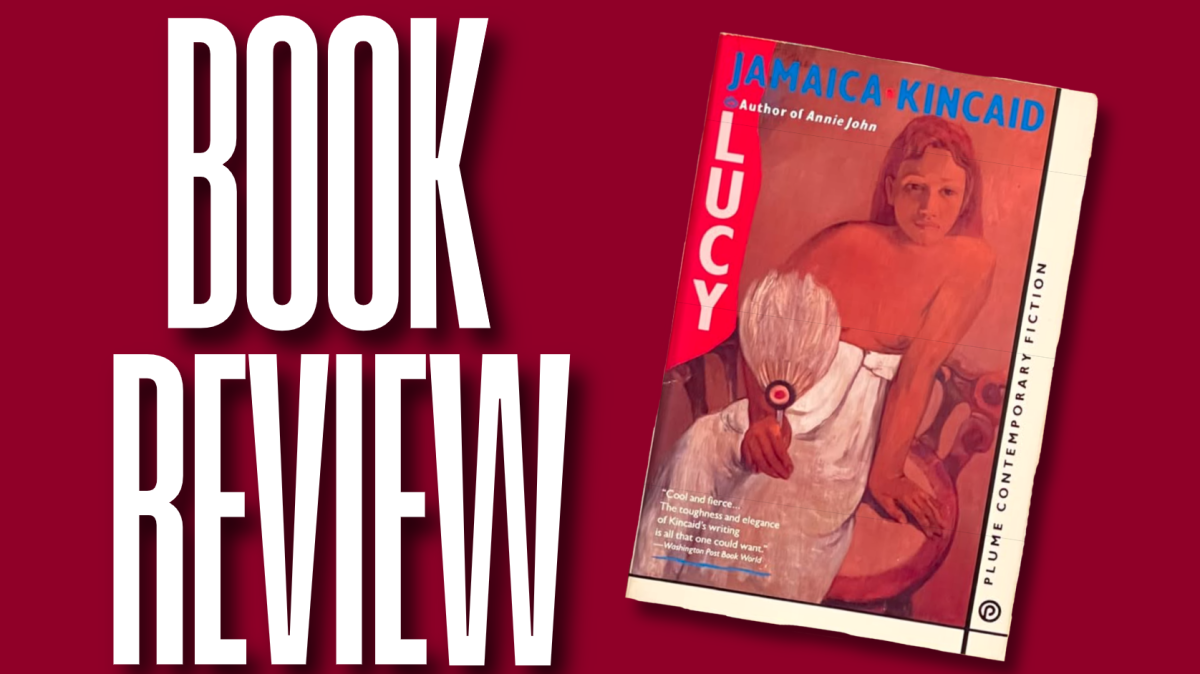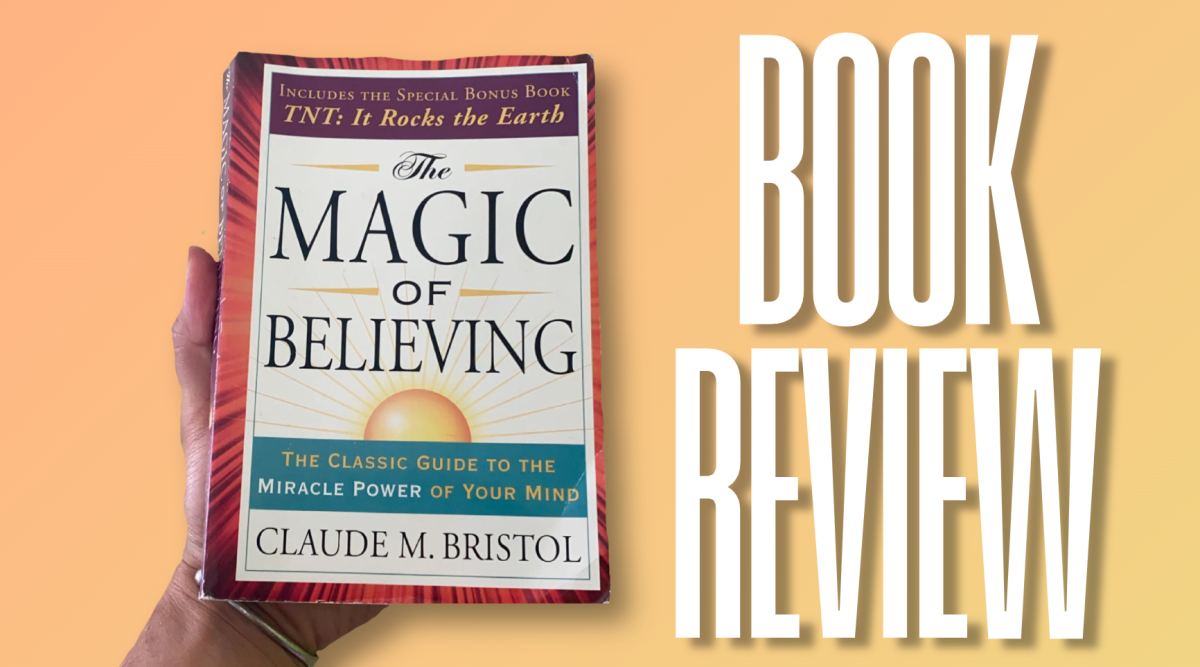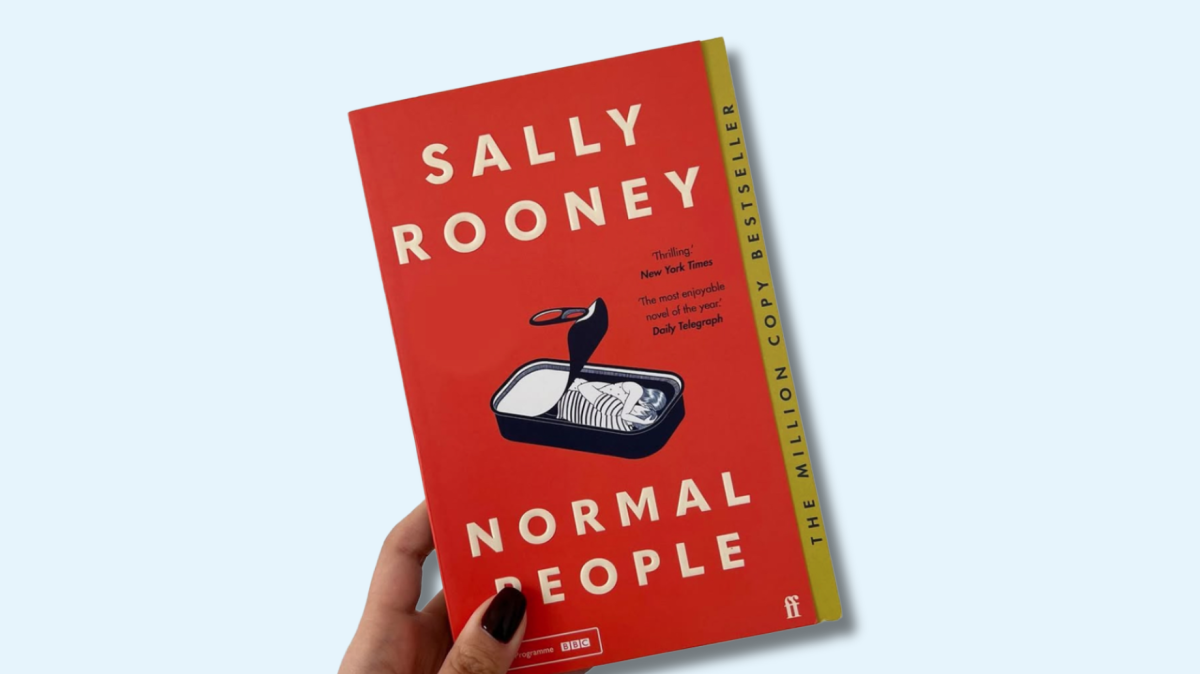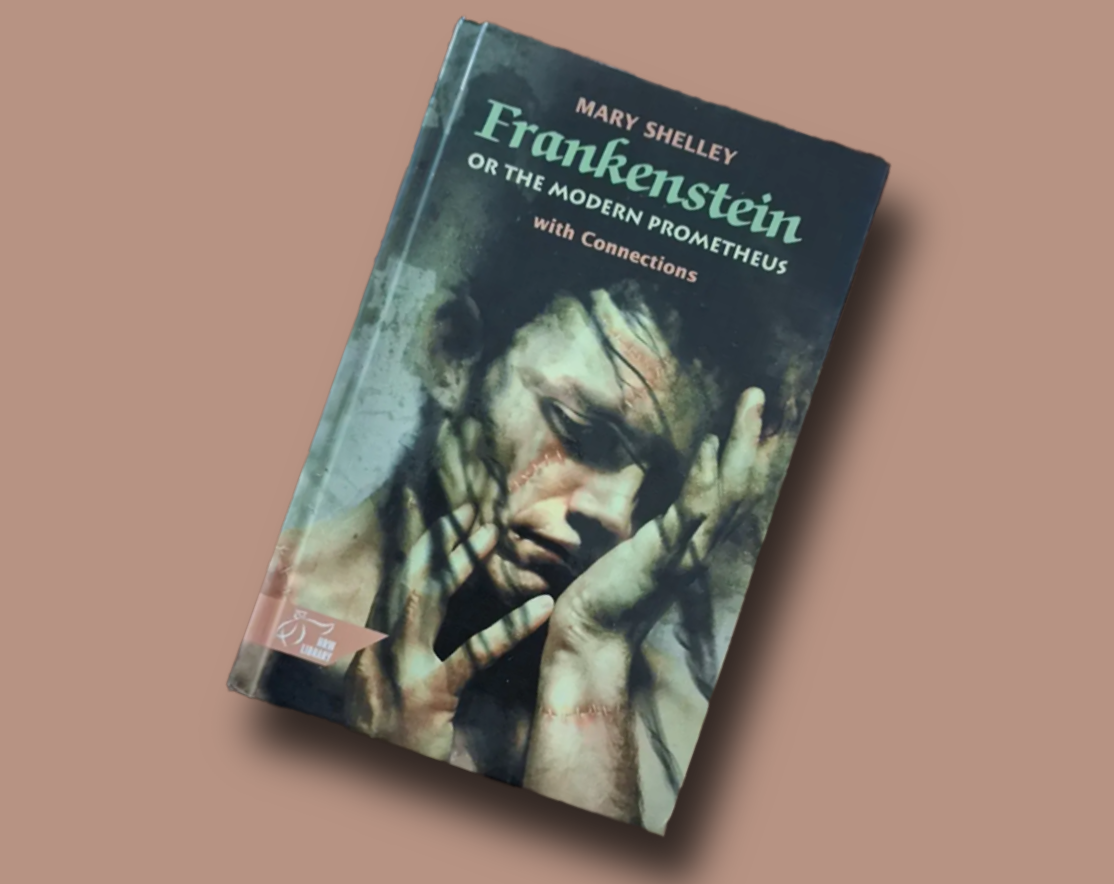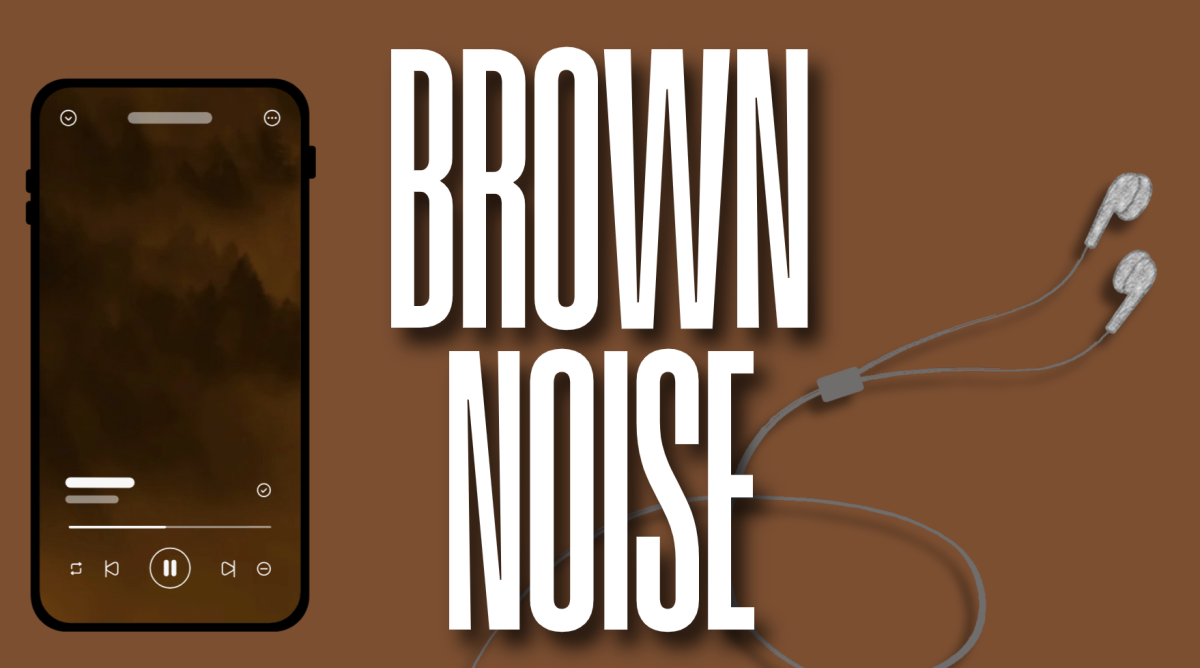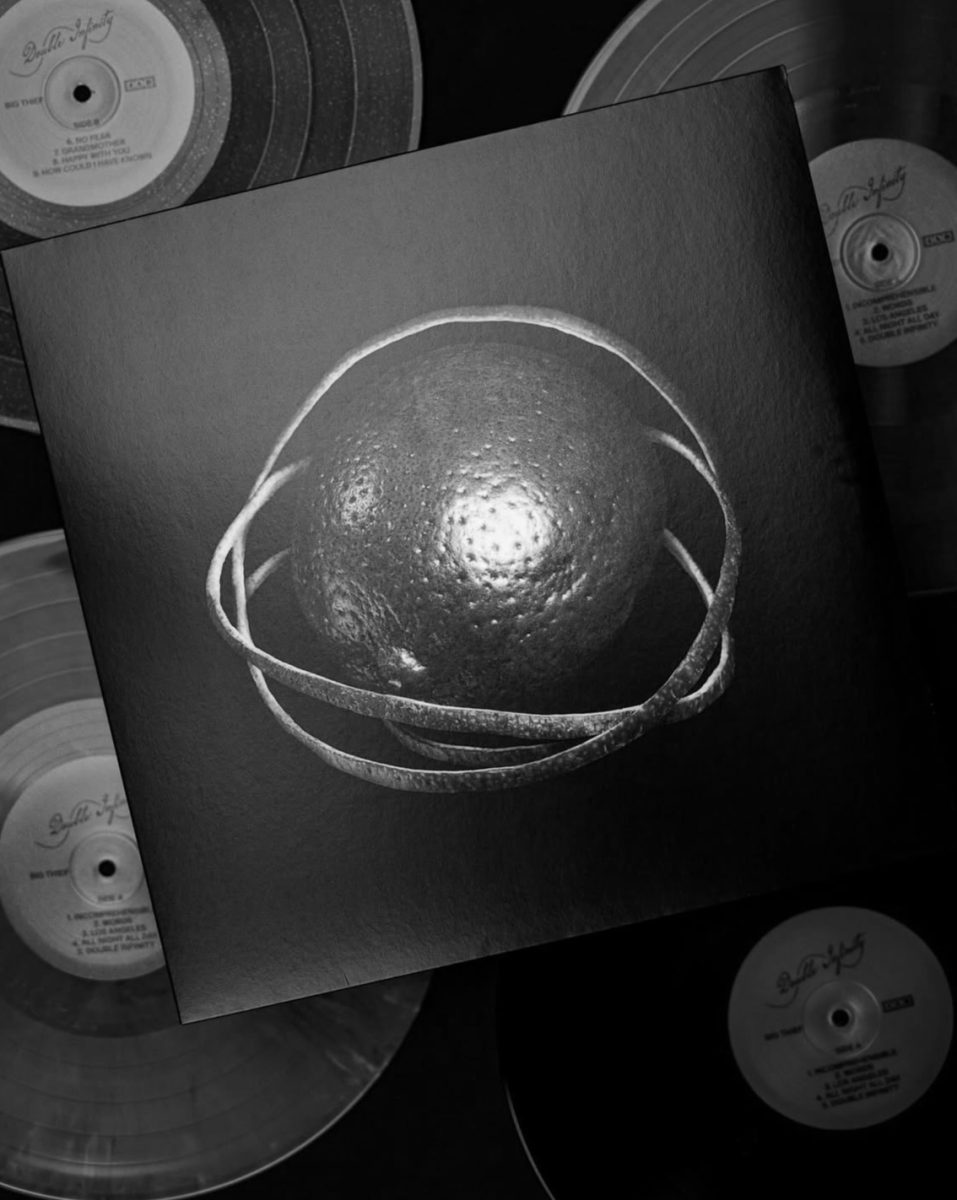In previous articles, I have focused on context as a major proponent of meaning in the development of a piece of art. The relationship is powerful and essential to an artistic masterpiece. Sometimes, the result is joyous, the result of a struggle overcome. But more often, the strongest emotion is elicited in the wake of (or lead-up to) a tragedy.
Take, for example, Nirvana’s acoustic album on MTV. “MTV Unplugged in New York” was recorded mere months before Kurt Cobain committed suicide after a battle with heroin addiction. In hindsight, the sinister meaning of the recording is obvious. The songs recorded were dark, gloomy and did little to hide obvious signs of depression and longing. Yet, at the time, the album carried a distinct subtlety and sadness that was characteristic of both Cobain and music in the 90s.
Forty years earlier, music was not the same. The masses wanted music to dance to, twist to or drink a cocktail to. Throughout her career, however, Billie Holiday took refuge in an alternate method. One marked by its slow tempo, pessimistic subject matter and her distinct light timbre. Unlike Ella Fitzgerald and other female jazz singers of her time, Holiday had a darkness to her persona. This personality, while gorgeous and natural, was not unwarranted. Holiday’s descent into darkness was equally as steep as her rise to glory. Backed into a corner with mortality at the forefront, “Lady In Satin” was recorded and released. A swan song that conforms to tradition, it is also shrouded in tragic undertones.
Across music of all eras, there seems to be a common influence on both the lives of musicians and their work itself: drugs and alcohol. While Holiday made a name for herself singing anthems of failed relationships and societal transparency, a disfigured mask shielded her intense usage of substances to cope with her traumatic upbringing. While Holiday found profound success throughout the 1930s and 40s, her addiction began to tear away at her vocal chords. By 1958, Holiday’s once-balanced voice had lost its range, a raspy shadow of what once was.
In spite of this, Holiday recorded her penultimate album, “Lady in Satin,” in just three days. After it was recorded and released, she would return to her chaotic binge of drugs and alcohol. However, while Holiday had troubles with substance abuse, other factors were amplifying her ability to set her life straight. A witch hunt had manifested in an attempt by the United States government to regulate Holiday’s racial activism. In the summer of 1959, Holiday was admitted to the hospital for diseases stemming from her excessive drug use, where FBI agent Harry J. Anslinger requested that she be taken off of medicine that would have been crucial to her recovery. She died shortly after. In the years following her death, a closer look was taken at “Lady in Satin” in an attempt to capture a glimpse into the mind of a talented yet troubled addict, pinned against the wall by demons both self-induced and uncontrollable. Through Holiday’s delicate vocals and seemingly layered lyrics, “Lady in Satin” proved more than a collection of tragic love songs. It was a layered autobiography, littered with depressing anecdotes that presented a transparent view of Holiday’s soul.
The elements of “Lady in Satin” that are most relevant in interpreting its purpose do not appear at the surface. It is the subtleties that are most powerful and that garner the most meaning. The album’s subject matter wavers, with each song carefully selected and placed to enhance its meaning. I noticed this explicitly within the first two songs. In “I’m A Fool To Want You,” Holiday sings, “I’m a fool to hold you / Such a fool to hold you / To seek a kiss not mine alone / To share a kiss the devil has known.” Adversely, however, Holiday explores a more divine notion in “For Heaven’s Sake”: “For Heaven’s sake, let’s fall in love / It’s no mistake to call it love / An angel’s holding hands with me / How heavenly Heaven can be.” On one level, it is fascinating that Holiday chose to pair these two songs with contrasting themes together (keep in mind that in the vinyl era, songs were listened to sequentially). However, to dive deeper, Holiday explores a contrast between two supernatural realms: heaven and hell. Such subject matter is fairly existential for music, even more so when explored through the Great American Songbook. The opposite themes reflect Holiday’s own battle with life, death and what lies beyond. Whether or not this was considered by Holiday when creating the album will never be known. However, considering her death, it certainly sheds a more sinister light on the piece.
Throughout “Lady in Satin,” we can observe an alternation of songs between themes, outlook and message. Consistently, though, the subjects have all revolved around an external party. However, in “You’ve Changed,” Holiday provides a subtle look inward: “You’ve changed / That sparkle in your eyes is gone / Your smile is just a careless yawn / You’re breaking my heart, you’ve changed.” I may seem to be grasping at straws here, but the connection between the lyrics and Holiday’s own experiences is too jarring to ignore. Through her years of addiction, Holiday had quite literally experienced a physical shrinking. She had lost 20 pounds. Her voice had lost much of its tone and range. In some ways, the elements that once made her iconic had been stripped. Harmful tendencies had moved her to a point of no return. Death on the horizon, coasting slowly from grace. All that remained was a woman and her emotions at their most vehement, reflecting on what once was.
I got goosebumps the first time I listened to “Lady in Satin.” Observing a woman singing consciously about a nearsighted inevitability such as death is eerie. Yet, in the context of musical evolution, it is so incredibly relevant. The life of a musician is equal parts romanticized and tragic. Drugs and alcohol run rampant. Families and loved ones are often cast away in pursuit of a feeble prestige. The ability of “Lady in Satin” to explore these universal themes at a time when even the darkest of genres avoided them is groundbreaking. “Lady in Satin” is tragic, yet its destructive message remains hauntingly relevant.





























































